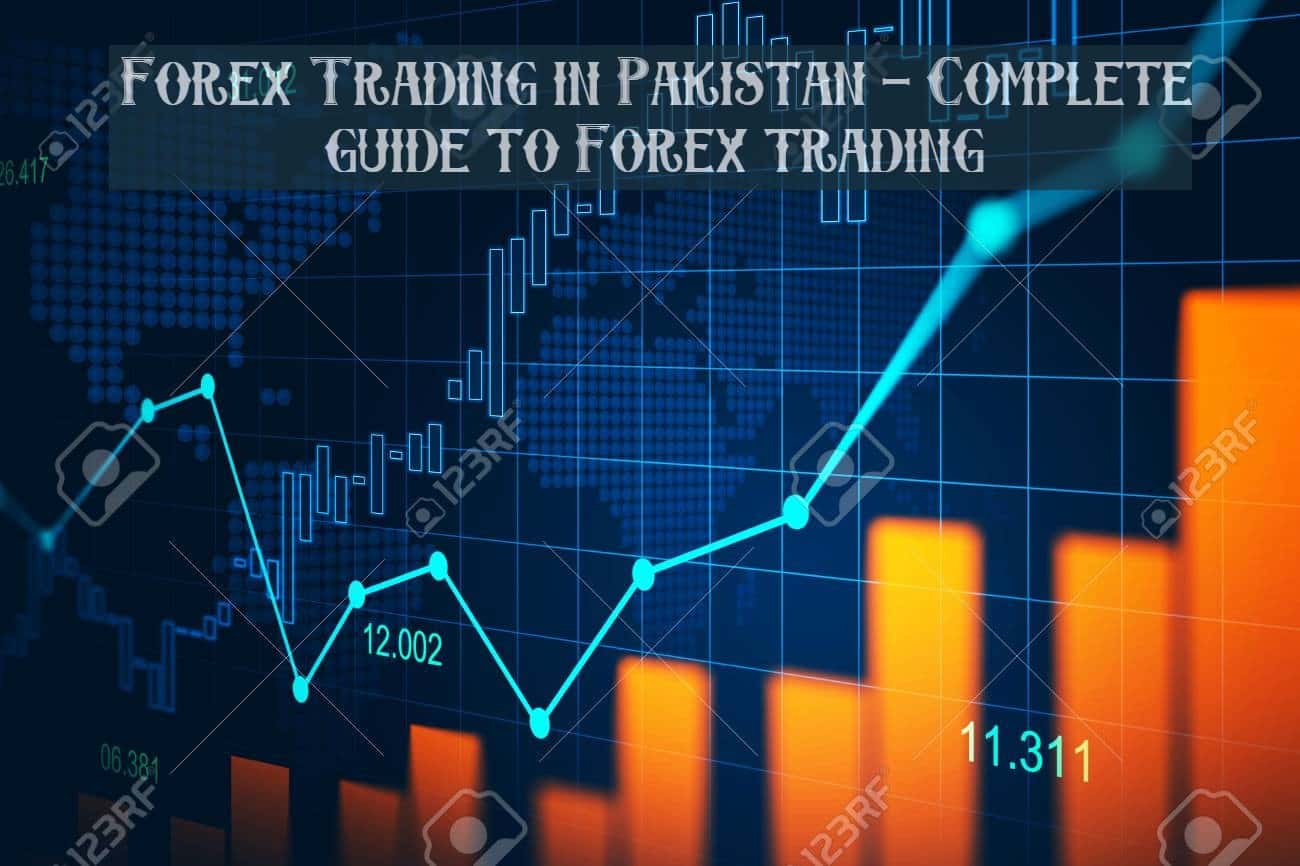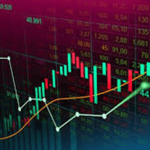Unveiling the Dynamics of Forex Markets: A Comprehensive Guide.
The forex markets, also known as the foreign exchange markets or FX markets, play a pivotal role in the global financial landscape. These markets serve as a hub for the trading of various currencies, enabling participants to capitalize on fluctuations in exchange rates and profit from currency movements. In this guide, we will navigate through the intricacies of forex markets, shedding light on key concepts, trading strategies, risk management, and more. Whether you’re a novice or an experienced trader, this guide will provide valuable insights to enhance your understanding and success in forex trading.
Forex Markets: Deciphering the Basics
In this section, we’ll delve into the fundamental aspects of forex markets, including the definition, participants, and primary functions.
Forex markets encompass the exchange of currencies from different countries. This exchange is facilitated by a global network of financial institutions, corporations, governments, and individual traders. The primary purpose of these markets is to enable the conversion of one currency into another, catering to various needs such as international trade and investment.
Participants and Their Roles
Forex markets are a playground for diverse participants, each contributing to the market’s liquidity and dynamics. Key participants include:
- Banks and Financial Institutions: Banks act as intermediaries, facilitating transactions and offering trading services to clients.
- Corporations: Multinational companies engage in forex markets to hedge against currency risks arising from international operations.
- Governments and Central Banks: These entities intervene to stabilize or influence their currency’s value, ensuring economic stability.
- Retail Traders: Individual traders participate through online platforms, aiming to profit from currency price movements.
The Mechanics of Forex Trading
Buying and Selling Currencies
Forex trading involves the simultaneous buying of one currency and selling of another. Currencies are quoted in pairs, such as EUR/USD or GBP/JPY. The first currency in the pair is the base currency, and the second is the quote currency. The exchange rate indicates how much of the quote currency is required to purchase one unit of the base currency.
Understanding Pips and Lots
Pips are the smallest price increments in forex trading and represent the price movement of a currency pair. Traders often buy or sell in larger quantities known as lots. Standard lots consist of 100,000 units of the base currency, while mini and micro lots offer smaller trading sizes.
Leverage: Double-Edged Sword
Leverage allows traders to control a larger position size with a smaller amount of capital. While it magnifies potential profits, it also amplifies losses. Effective risk management is essential when using leverage.
Forex Market Analysis and Strategies
In this section, we’ll explore essential analysis techniques and popular trading strategies utilized by forex traders.
Fundamental Analysis
Fundamental analysis involves evaluating economic indicators, interest rates, geopolitical events, and other factors that impact currency values. By understanding these drivers, traders can predict currency movements.
Technical Analysis
Technical analysis relies on chart patterns, trends, and technical indicators to forecast price movements. Common indicators include Moving Averages, Relative Strength Index (RSI), and Bollinger Bands.
Popular Trading Strategies
- Scalping: Traders execute multiple short-term trades to capture small price movements.
- Day Trading: Positions are opened and closed within the same trading day to profit from intraday volatility.
- Swing Trading: Traders aim to capture price swings over several days or weeks.
- Carry Trade: Traders leverage the interest rate differential between two currencies to generate profits.
Risk Management in Forex Trading
Forex trading carries inherent risks, and effective risk management is crucial to long-term success.
Setting Stop-Loss and Take-Profit Orders
Stop-loss orders limit potential losses by automatically closing a trade if the market moves against the trader. Take-profit orders secure profits by closing trades at predetermined levels.
Diversification and Position Sizing
Diversifying your trades across different currency pairs and avoiding overexposure to a single trade can mitigate risks. Proper position sizing ensures that a single trade’s loss does not severely impact your trading capital.
Staying Informed and Adapting
Remaining informed about global economic events, geopolitical developments, and central bank decisions is essential. Adapting your trading strategies based on changing market conditions is equally important.
FAQs About Forex Markets
Q: What is the best time to trade forex markets? A: The best time to trade depends on the currency pairs you’re interested in. The overlapping hours of major trading sessions, such as the London and New York sessions, offer high liquidity and potential trading opportunities.
Q: Can I trade forex with a small account balance? A: Yes, many brokers offer mini and micro accounts that allow traders to start with a small amount of capital. However, effective risk management is crucial to avoid significant losses.
Q: Is forex trading risky? A: Yes, forex trading carries inherent risks due to the volatile nature of currency markets. However, with proper education, strategy, and risk management, traders can mitigate these risks.
Q: How can I stay updated on forex market news? A: You can stay informed by following reputable financial news sources, subscribing to economic calendars, and joining online trading communities.
Q: Are there any guarantees of profit in forex trading? A: No, there are no guarantees of profit in forex trading. Success requires a combination of skill, knowledge, strategy, and risk management.
Q: What is the role of a forex broker? A: Forex brokers provide trading platforms, access to the market, and often offer educational resources and analysis tools to assist traders.
Conclusion: Embark on Your Forex Trading Journey
As you embark on your forex trading journey, remember that success in the forex markets requires a blend of knowledge, discipline, and adaptability. By understanding the basics, employing effective analysis techniques, and implementing sound risk management practices, you can navigate the complexities of forex trading with confidence. Stay informed, continue learning, and always approach trading with a cautious and strategic mindset.





